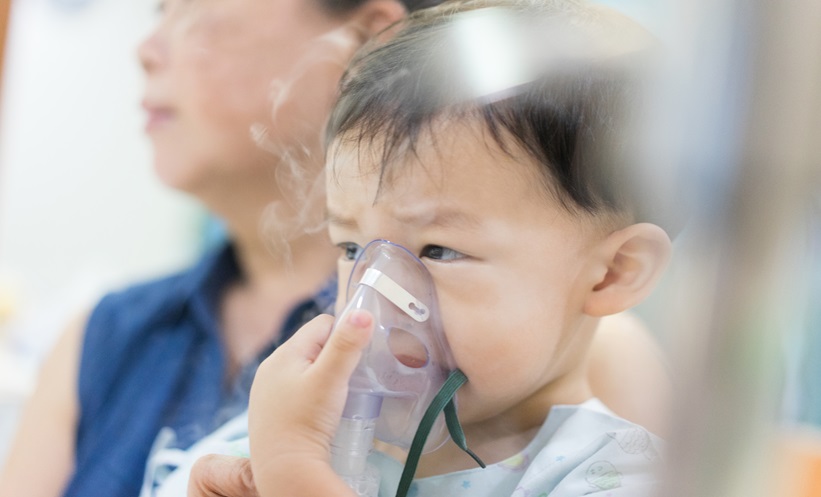A RECENT study has revealed significant differences in influenza and COVID-19 vaccination rates among children receiving long-term ventilation through tracheostomy, highlighting the impact of vaccine hesitancy on this group. The study was conducted by the Multicenter Tracheostomy Collaboration (MyTRaCh) across 13 centres in the US, and found that while 75% of children received the influenza vaccine, only 53% completed the initial COVID-19 vaccine series, and just 23% received the recommended COVID-19 booster.
Children with tracheostomy and home ventilation are particularly vulnerable to acute respiratory infections, which are the leading cause of hospitalisation and death among these patients. Despite their heightened risk, the study found a marked reluctance among caregivers to fully vaccinate these children against COVID-19, even though the same families demonstrated a higher acceptance of the influenza vaccine compared to the general paediatric population.
The study included 193 children aged 7-11 years, identified that older age, and previous influenza vaccination were associated with higher likelihood of COVID-19 vaccination. Specifically, children who had received the influenza vaccine were nearly nine times more likely to be vaccinated against COVID-19. However, only 45% of children who started the COVID-19 vaccine series received the booster dose, reflecting a significant drop-off compared to influenza vaccination rates.
The findings suggest that while logistical barriers such as access to healthcare and education do not appear to be significant obstacles, COVID-19 vaccine hesitancy remains a challenge. This hesitancy persists despite the complex, technology-dependent care these families already provide, including the use of tracheostomy tubes, home ventilators, and gastrostomy tubes.
The discrepancy between influenza and COVID-19 vaccination rates points to a need for targeted educational efforts to address vaccine hesitancy among caregivers of children with high-risk medical conditions.
These findings showcase the importance of enhancing public health messaging and developing strategies to improve COVID-19 vaccination rates. The study calls for further qualitative research to explore the underlying reasons for vaccine resistance and to develop interventions that can help protect these young patients from severe respiratory infections.
Aleksandra Zurowska, EMJ
Reference
Graham RJ et al. Influenza and COVID-19 Vaccination Rates Among Children Receiving Long-Term Ventilation. JAMA Netw Open. 2024;7(8):e2430989.







